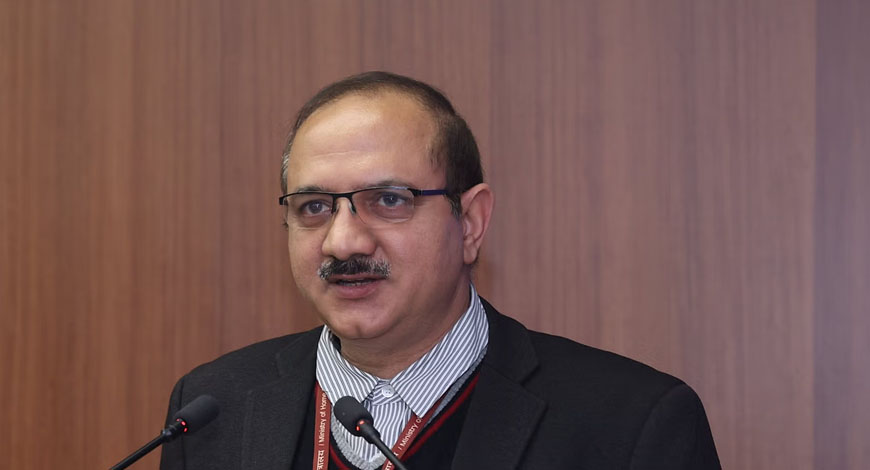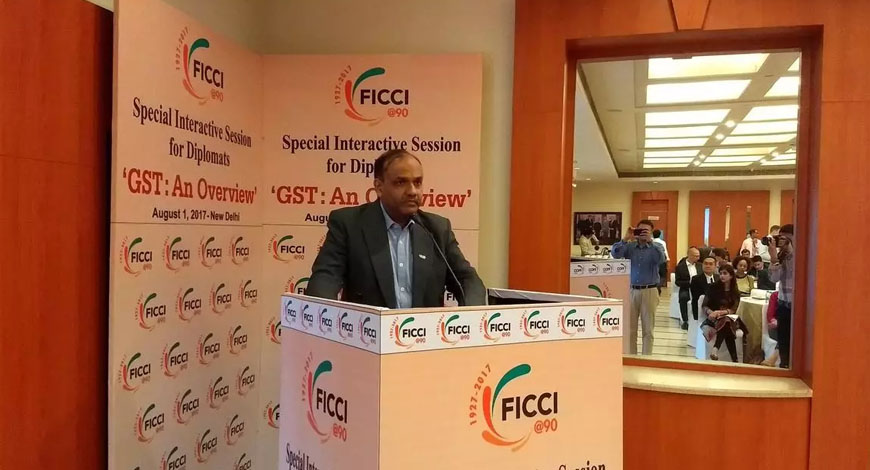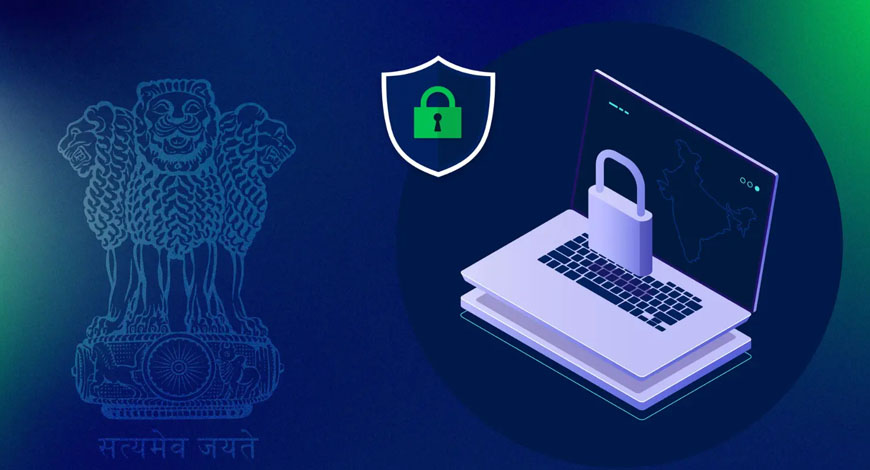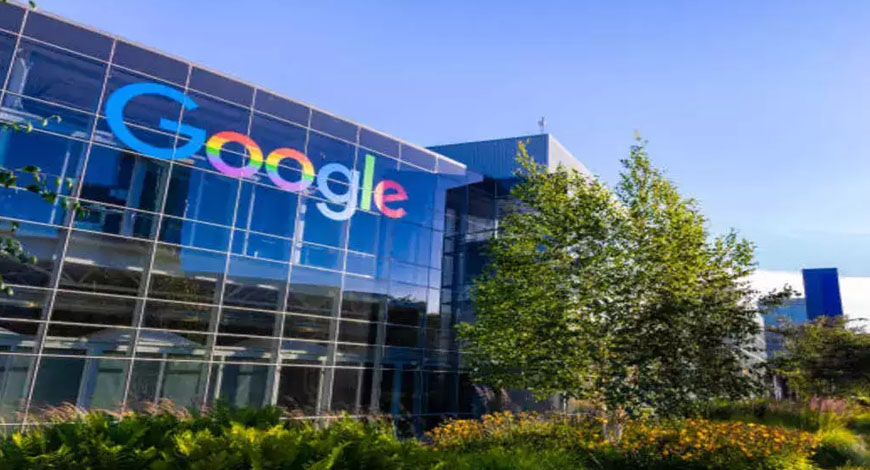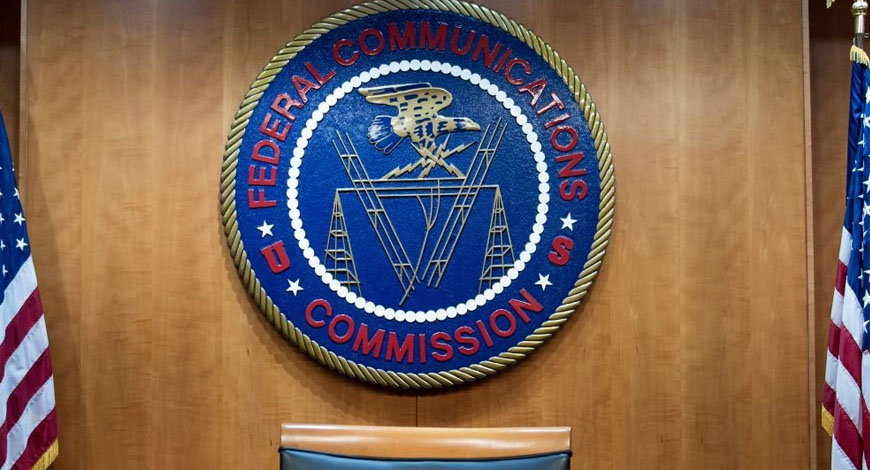Decree 163, detailing the implementation of the Telecommunications Law, establishes a comprehensive legal framework for three new telecommunications services: data center services, cloud computing, and basic telecommunications services over the Internet.
Key provisions of Decree 163
Issued by the government, Decree 163 includes seven chapters and 86 articles, applying to Vietnamese and foreign organizations and individuals involved in telecommunications activities in Vietnam.
Effective from December 24, 2024, the decree’s provisions regarding data center services, cloud computing, and basic telecommunications services on the Internet will take effect on January 1, 2025.
According to the Telecommunications Authority under the Ministry of Information and Communications, the decree operationalizes the policies of the Telecommunications Law, creating favorable conditions for market growth, competition, and the development of advanced, modern, and synchronized telecommunications infrastructure.
The decree also facilitates accurate and complete registration of subscriber information, allowing online registration to align with digital transformation trends.
Decree 163 establishes specific guidelines for three newly recognized services: Data center services; Cloud computing services; Basic telecommunications services on the Internet.
These services aim to drive digital infrastructure development and the digital economy while ensuring public safety and cybersecurity.
The decree defines the rights and obligations of foreign entities providing these services under a “light management” principle, balancing regulatory oversight with market flexibility.
It also requires service providers to maintain user data provided during contract agreements and mandates secure use of these services by government agencies.
Updates to mobile subscriber management
In line with digital transformation, Decree 163 introduces several changes to mobile subscriber management:
Telecom companies can implement online registration using applications.
Subscriber data must match the National Population Database.
Registration for the second or subsequent SIM cards requires one-time password (OTP) verification.
Video calls may be used for identity verification during registration.
Enhancing market regulation
To ensure fair competition, the decree outlines criteria for identifying dominant telecommunications companies and their obligations.
It also includes provisions for managing prepaid mobile cards, mobile accounts, and the resale of telecom services.
Regulations aim to minimize risks, prevent abuse, and ensure lawful use of mobile payment systems.
The decree emphasizes the development of telecommunications services and infrastructure while maintaining public order and information security.
It supports business innovation and enhances competition while managing emerging technologies responsibly. Vietnam Net
